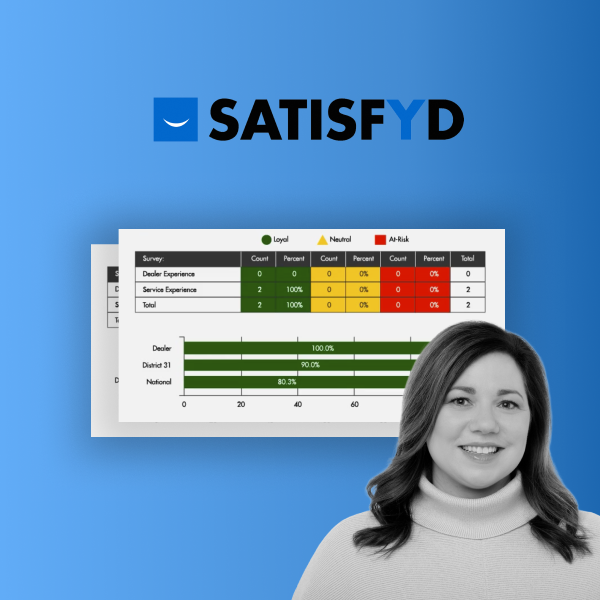Across industries and geographies, organizations are using data and analytics to adapt to the rapidly changing business landscapes in which they operate.
Many are evolving their business intelligence (BI) and analytics initiatives to put data in the hands of their employees quickly and accurately, so those employees can evaluate it and make informed decisions that drive business forward.
Corporate BI and data science practices are constantly evolving as businesses explore new ways to lead successful BI-focused initiatives and find the most effective BI solution providers.
Using market insights, we’ve compiled several business intelligence best practices you can apply to your BI and analytics practice in the year ahead:
#1 Data-Driven Culture
While the right tools and systems are essential for data analysis, they aren’t the only critical components your organization needs to advance its BI and analytics strategy. Along with high-powered tools, you should also develop a culture that emphasizes the role of data in decision-making.
Do this by encouraging your employees to inform every decision with reliable, up-to-date insights — and giving them the tools they need to access and draw conclusions from those insights.
Establishing a data-driven company culture requires more than an inspiring mission statement or an impressive set of analytics tools. To infuse data into your decision-making processes, you’ll want to focus on several initiatives in tandem:
- Data democratization and accessibility
- Scalable tools and systems
- End-user training and adoption
- Stakeholder buy-in and support
While each of these elements is central to data culture, stakeholder buy-in can be one of the most valuable, as it enables your organization to invest further in BI initiatives and encourages end-users to adopt the tools at their disposal.
#2 Universal Understanding of Business Needs and Objectives
No matter your industry or size, your business has a unique set of needs, goals, and objectives that directly affect decisions and long-term strategies. The same is true for your BI and analytics department. However, it’s not enough to integrate these goals into your high-level BI strategy or discuss them in executive board meetings.
If your frontline employees and mid-level managers don’t clearly understand your needs and goals, you’re not likely to make considerable progress toward them or enact impactful change across your organization.
Along with defining clear goals for your BI practice, you should invest in training, education, and open dialogue with your entire organization to ensure everyone understands your objectives, as well as their role in supporting them through their day-to-day activities.
#3 Access to Skilled Experts and Support Resources
Adoption and change management are essential elements of your organization’s BI implementation, whether you’re rolling out your first automated reporting tool or your tenth custom integration.
Your employees, whether data analysts or front-end business users, need access to skilled experts and support resources who are well-versed in BI best practices and the nuances of the specific tools and systems in which your organization operates.
In many cases, your BI solution provider will play a key role in training your employees. You might also rely on consultants and other external partners to implement your new solution, maintain it over time, and ensure your employees can use it effectively. Look for providers and partners who:
- Offer a combination of self-service and live training resources
- Have experience implementing BI in your industry or market sector
- Understand the external tools and systems that house your BI data
- Invest in continuous innovation and product development
Lay the Framework for a Successful BI Practice in 2023 and Beyond
Capitalizing on market trends can help you create an agile, sustainable BI strategy. However, it's not the only way to incorporate data into your everyday operations and business decisions.
Our how-to guide outlines the stages to becoming a truly data-driven organization, from navigating your first BI implementation to increasing your BI maturity over time.
Download your copy today to learn how your organization can leverage key trends, longstanding best practices, and industry-specific strategies to develop an effective BI practice.




